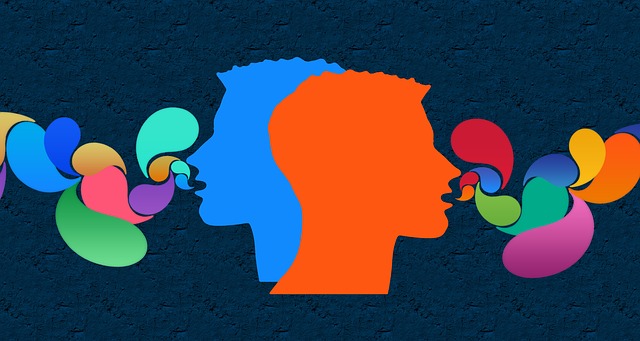How Long Should I Listen Before Speaking?
There are various methods of comprehensible input. One is full translation like we use at Glossika. Another method is n+1, where you may understand 80% of the sentence and guess the other 20% based on context. The premise behind comprehensible input is to save time involved in looking up words, as single vocabulary words often have completely different meanings when used in the context of a sentence.
Full Immersion and n+1
The n+1 method is one of my favorites once I've achieved a good level in a foreign language. I usually rely on this method once I know at least five thousand words and I want to go higher. Five thousand words is about as much as you'll be using in daily speech and pushing your vocabulary higher requires lots of reading. Since you already know most of the words in a sentence, this is a great way to expand your vocabulary.
However, you must be cautious when choosing your content. If it's colloquial, chances are that it's full of expressive spoken forms which can be misleading.
The problem with the n+1 method is that even when you understand 100% of the words in the sentence, you may still misunderstand the whole meaning, which is why we recommend avoiding it at the early stages.
Let's take the English sentence “I can't put up with it any longer.” Most learners of English understand every word in this sentence very easily, however, they may still have no clue how to use it or what exactly is being expressed. They may imagine that the speaker is tired of playing basketball and can't put the ball up any longer.
Another example might be the learner of English misunderstanding "I never eat meat" and responding with, "you might like it if you try it." This kind of response is inappropriate for a person who says they habitually never eat meat as a lifestyle choice. What the listener probably thought they heard was "I've never eaten meat" which carries a completely different meaning that has nothing to do with lifestyle choice but rather with circumstance.
These sentences and many like it not only create barriers to understanding, but also compound the problems over time. It leads to having to un-learn a lot of things you took for granted or thought you understood.

Full Translation
When you're learning your new language you'll have lifelong experience of thinking in your own language and producing speech from those thoughts. Your goal however is to change a lifelong habit into producing speech in a foreign language from those thoughts (which will still be in your native language).
Should you be thinking in a foreign language in order to produce speech in that language? Easier said than done. Let's take this step by step and ease yourself into it.
The first thing you'll want to do is to create a reflex. For example, whenever you use a few key phrases, you'll be able to immediately translate and produce them in the target language, and then react to those sentences with responses.
The way this is done effectively may seem counter-intuitive at first. Most people attempt to memorize a dialogue. Studies have shown that putting the dialogue into the phonological loop in addition to experiencing it produces much longer lasting effects than just memorizing it. So we recommend practicing your sentences in a spaced repetition audio format.
In order for spaced repetition audio to work, you'll need to understand what you're hearing. Once you hear the cue in your first language, you then produce the sentence in the target language through something known as Pavlov Conditioning where Pavlov trained his dog to salivate every time he rang the dinner bell.
By doing a large number of sentences in this way, you actually start to identify the patterns in the sentences by yourself and figure out which words are which. This could not have been possible if you had to keep referring to a written text disrupting your audio practice (not to mention conditioning would not be taking place), primarily because your practice would have slowed down to the point that it would take far too long to go through enough sentences to start recognizing the patterns in audio format.
The most important point is that you start discovering and recognizing the patterns on your own directly from the audio. And this cannot occur with a small handful of sentences; it requires a mass number of sentences. This process and experience of discovery will remain in your physical memory much longer.
Finally, translation is just a crutch, or a bridge that you cross, and once you're conditioned enough to ask and respond in the foreign language, you'll require translation less and less. But you'll still find translation for new content is the safest way for acquiring it. Besides, it saves you time from looking things up in the dictionary constantly!
Try Glossika's Audio Training for Free
Whether you are a beginner or an advanced language learner, Glossika's audio-based training improves your listening and speaking at native speed. Sign up on Glossika and get 7-day free trial -- no credit card required!
You May Also Like:




